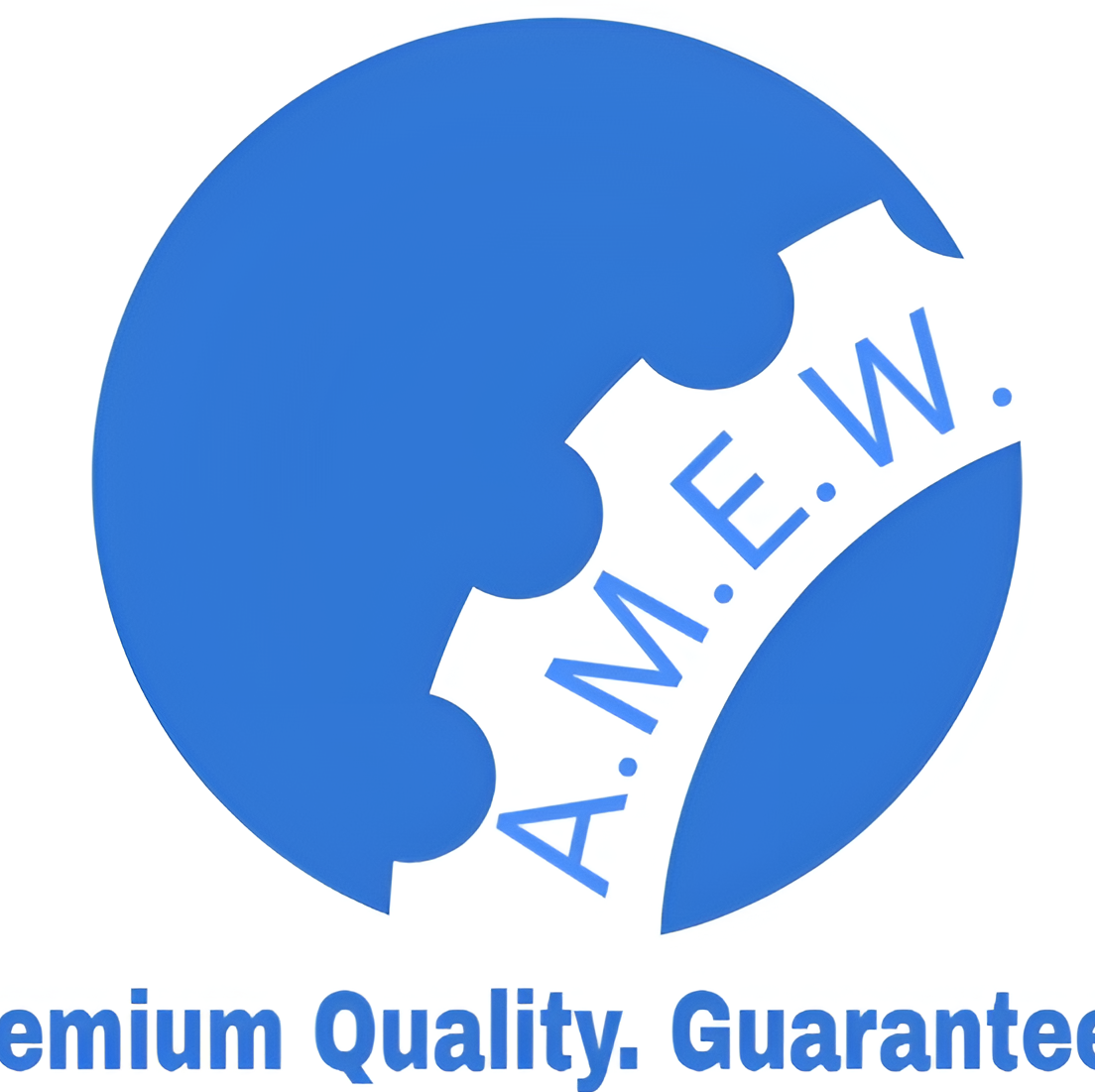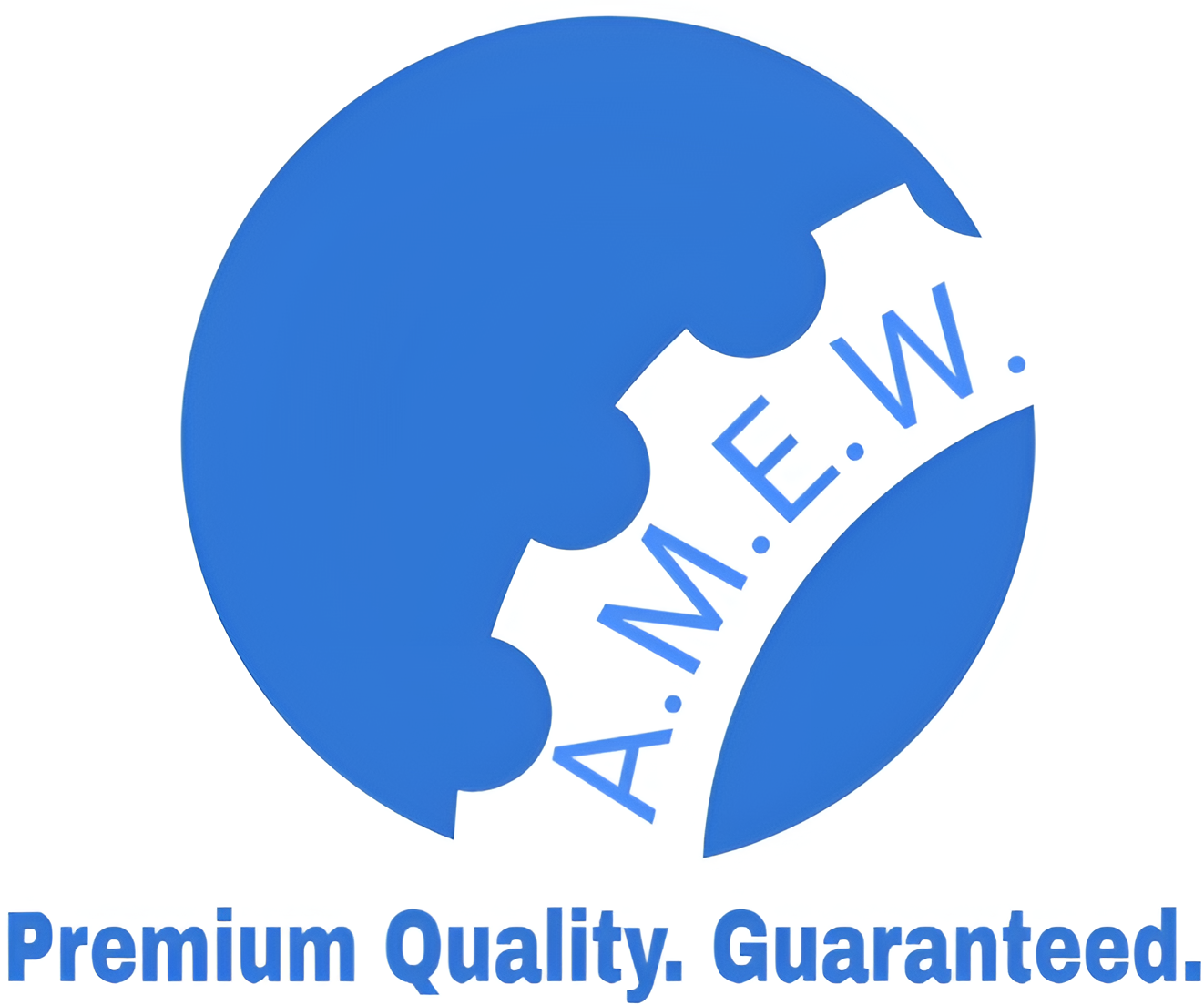Understanding ASME B36.10 Schedule 20 Carbon Steel Pipe
Carbon steel pipes play a critical role in industrial applications, offering strength and durability in various environments. One particular specification that engineers, contractors, and manufacturers frequently encounter is ASME B36.10 Schedule 20 carbon steel pipe. This guide will help you understand what ASME B36.10 is, the specifics of Schedule 20 pipes, their mechanical properties, applications, advantages, limitations, installation best practices, and maintenance tips.
Whether you’re looking to deepen your technical knowledge or determine whether Schedule 20 pipes are suitable for your next project, we’ve got you covered.
What is ASME B36.10 Carbon Steel Pipe?
ASME B36.10 is a standard issued by the American Society of Mechanical Engineers (ASME). This specification encompasses dimensions for wrought steel and wrought stainless steel pipes, primarily intended for high-performance industrial applications.
Carbon steel pipes defined under this standard are valued for their strength, temperature resistance, and ductility. They are used across a wide range of industries, including construction, oil and gas, chemical processing, and energy production.
When you encounter terms like “Schedule 20” within the context of ASME B36.10, it refers to pipe thickness and is a key factor in determining the pipe’s pressure-handling capabilities.
What Does Schedule 20 Mean?
The term “Schedule 20” corresponds to a specific wall thickness for carbon steel pipes. Pipe schedules are a standardized way to describe the nominal wall thickness while considering the pipe’s outer diameter (OD).
For Schedule 20 pipes, the wall thickness is relatively light compared to other pipe schedules (e.g., Schedule 40 or 80). This makes them ideal for low-pressure applications or situations where lightweight piping is required without compromising structural integrity.
Key Characteristics of Schedule 20 Pipes:
- Wall Thickness: Thin compared to higher schedules.
- Pressure Tolerance: Handles lower pressures, making them suitable for non-critical systems.
- Weight: Lighter than thicker-schedule pipes, simplifying transport and installation.
By using standardized schedules, manufacturers, engineers, and contractors can ensure consistency across projects while meeting performance specifications.
Mechanical Properties and Chemical Composition
Schedule 20 carbon steel pipes owe their characteristics to their carefully controlled chemical and physical properties. Here’s a breakdown of these attributes:
Mechanical Properties
- Tensile Strength: Typically around 60,000 psi (pounds per square inch), providing sturdy performance under typical operating conditions.
- Flexibility: Carbon steel pipes possess enough ductility to withstand moderate impact and vibration.
- Durability: Despite their relatively thin walls, Schedule 20 pipes are highly resistant to wear and tear in standard operating environments.
Chemical Composition
While the exact composition may vary by producer, the following elements are typically present in carbon steel:
- Carbon (C) for strength and hardness
- Manganese (Mn) for improved toughness
- Phosphorus (P) and Sulfur (S) in small, controlled amounts to balance ductility
- Iron (Fe) as the primary element, making up the majority of the composition
These properties combine to make Schedule 20 carbon steel pipes reliable for specific industrial and residential applications.
Applications of Schedule 20 Carbon Steel Pipe
Schedule 20 carbon steel pipes are widely adopted in industries because of their versatility and performance. Some typical uses include:
- Residential Plumbing Systems
Often used for water distribution and drainage systems where high pressure resistance is unnecessary.
- HVAC Systems
Ideal for ductwork and piping in heating, ventilation, and air conditioning applications.
- Low-Pressure Fluid Systems
Used in conveying liquids such as water, oil, and chemicals.
- Construction
Lightweight yet strong pipes serve structural purposes, including scaffolding and support frameworks.
- Non-Critical Industrial Systems
Piping for low-pressure operations in sectors like food processing and manufacturing.
Advantages and Limitations of Schedule 20 Pipes
Advantages:
- Lightweight for easier handling and installation
- Cost-Effective compared to thicker-walled alternatives
- Adequate for low-pressure applications
- Compatible with many fittings, ensuring seamless project execution
Limitations:
- Lower Pressure Ratings mean they’re unsuitable for high-pressure systems
- Increased vulnerability to external mechanical damage
- Corrosion Resistance may require protective coatings or regular maintenance in specific environments
Understanding these pros and cons ensures you select the right pipe schedule aligned with your project’s needs.
Installation Guidelines for Schedule 20 Carbon Steel Pipes
Proper installation is crucial to the performance and longevity of any piping system. Follow these guidelines for optimal results:
- Preparation
Inspect all pipes and fittings for damage before installation. Clean the pipe ends to ensure smooth connections.
- Cutting and Threading
Use tools designed for carbon steel to make precise cuts and threads. Ensure threads conform to standard specifications.
- Welding and Joining
When welding Schedule 20 pipes, low-heat settings are recommended due to their thin walls.
- Support and Alignment
Proper pipe supports and brackets should be installed to maintain alignment and minimize vibration. Ensure the pipes are not overstressed.
Inspection and Maintenance
To maximize the lifespan and performance of your Schedule 20 carbon steel pipes, regular inspection and maintenance are non-negotiable.
Inspection Checklist:
- Check for corrosion or rust, particularly in environments with high humidity or exposure to chemicals.
- Inspect for mechanical damage such as dents or cracks that may affect pipe integrity.
- Monitor for blockages or leaks, especially in fluid transport systems.
Maintenance Tips:
- Use protective coatings like galvanization to enhance corrosion resistance.
- Flush piping systems periodically to prevent buildup or contamination.
- Replace any defective sections promptly to prevent larger issues.
Regular inspections and preventative maintenance can mitigate risks and prolong the life of your pipes.
Choosing the Right Pipe for Your Project
ASME B36.10 Schedule 20 carbon steel pipes offer a reliable, cost-effective solution for many applications. However, their suitability depends on your system’s pressure requirements, operating conditions, and budget. When in doubt, consult a piping specialist or your product supplier to confirm compatibility with your specific project.
By fully understanding the properties, benefits, and proper handling of these pipes, you can ensure a safe, efficient, and long-lasting installation.

